ala pifaresca
May 12–19, 2024
Waycross Camp & Conference Center
4879 Richards Road, Morgantown, IN
Sessions
- Full Workshop: May 12-19 | $710
- Main Workshop: May 15-19 | $408
- Dulcian Days: May 12-15 | $308
Instructors
- Bob Wiemken – shawm, dulcian
- Adam Bregman – sackbut
- Joan Kimball – shawm, dulcian
Pitch is a’=440.
Grab your matador capes and scallop shells because we’re headed down the Camino de Santiago for the Iberian Peninsula! Our workshop recreates, through education and practice, the sounds of the loud bands of the late medieval through early Baroque periods: double reeds and brass, shawms, dulcians and sackbuts. This year we will explore a wide range of music from sacred and secular Iberian sources and composers from the 15th to early 17th centuries.
We welcome anyone with intermediate to advanced level ability on early double reeds or sackbut, and modern players interested in working on the early counterpart to their modern instrument. Pitch is a’=440. The workshop includes
- large class pursuit of technique,
- applicable performance practice discussions,
- coached one-on-a-part ensemble playing,
- reed and instrument triage, and
- evening tutti playing sessions for all.
Questions? Email adam.bregman@gmail.com or bob@piffaro.com.
The first half of each day is dedicated to separate classes for reeds or sackbuts. A warm-up and techniques session focuses on breath support, vowel placement and sound concept, articulation, and intonation. A session on historical performance practices continues our exploration and discussion of historical notation and mensuration, solmization and mode, and musica ficta and cadences to help us understand the music on its own terms.
Afternoons and evenings consist of playing sessions in mixed groups of sackbuts and double reeds. Selections from all the sources will be provided in both original and modern notation, but a strong emphasis will be placed on working from original notation—this gives us the opportunity to see the music as our Renaissance compatriots did, leaving us faced with the same practical musical decisions that would have confronted them.
